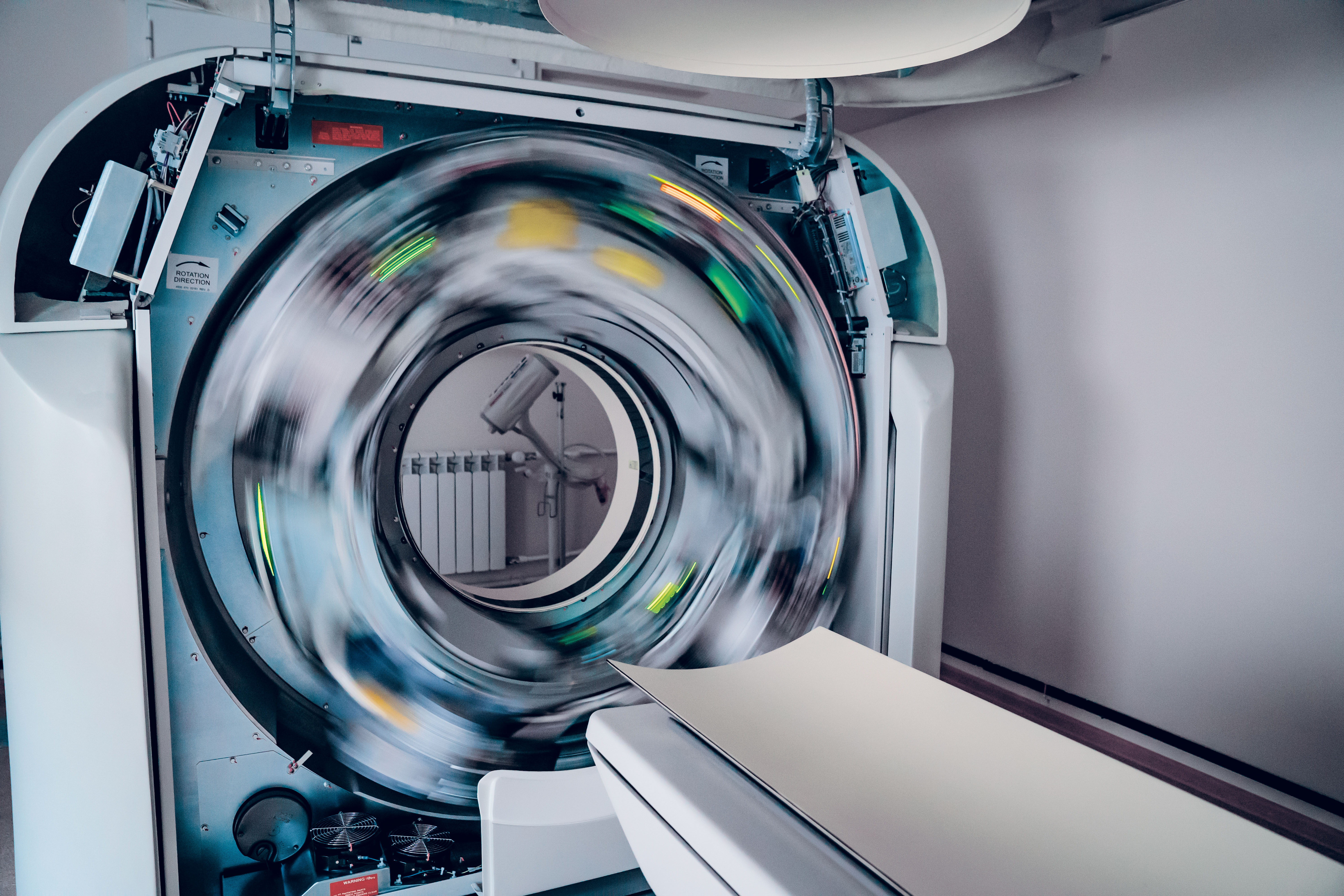Some applications require measuring something in operation that is subject to a extreme or harsh enviromental conditions. Often in these cases a stand off measurement system would need to be used. In this article we look at how laser vibrometery fits those measurement challenges.
Extreme magnetic fields
Some applications require measuring something in operation that has such a strong magnetic field that measuring vibration using traditional methods is impossible. For example, MRI machines typically operate at field strengths of 1.5 to 7 Tesla. This causes a range of issues:
Magnetic Interference: The magnetic interference is the first problem to overcome. This can directly impact the mechanical components – changing the output and making any measurements taken inaccurate.
Mechanical Vibrations and Acoustic Noise: It may seem counterintuitive that this would cause a problem as this is exactly what you are trying to measure, but a magnetic field this strong in a state of flux causes so much vibration and noise, that it can introduce errors to accelerometers attached to the device.
Heating Effects: conductive materials can interact with an extreme magnetic field in such a way it can cause localised heating. Not only could this damage any contact sensor, but it could also cause a health and safety risk to users.
Extreme heat
Measuring some objects in operation can mean measuring them when they are extremely hot. For example, parts of jet engines and exhaust systems can reach temperatures up to approximately 2,300°C. Not only does this cause an issue for instruments that are directly attached (see heating effects above) it takes a very long time to measure the number of points that you need to when have to wait for the object you are measuring to cool down between each session for health and safety reasons. Using vibrometry you can measure 1,000s of points in a short time without any direct contact.
Extreme cold
There are various applications involving extreme low temperatures including climatic chambers and Cryogenic coolers. Some cryogenic coolers can even operate at around -270°C (very close to absolute zero). Extreme cold is as big an issue as extreme heat when it comes to health and safety and the operation of instruments.
High levels of radiation
We all know that high levels of radiation are extremely dangerous. Objects that come into contact with extreme radiation are classed as nuclear waste and have to be disposed of very carefully. Measuring the vibration of a source of radiation using traditional direct contact devices is not possible.
In a Vacuum
Some objects, especially in the space industry, need to be tested in vacuum chambers, recreating as close to the conditions in space as possible. While there are some very specialist accelerometers that have been designed to work in a vacuum, accelerometers are not ideal for space R&D where 1,000s of points of measurement need to be made, and the chamber needs to be repressurised every time accelerometers need to be repositioned. In some cases, the repeated changes in pressure can damage the very expensive equipment being measured!
There are many extreme conditions where direct vibration measurements are impractical or even impossible. Polytec Vibrometers use lasers and can be operated at a safe distance from the measurement object and can even be used through glass.
If you have a vibration measurement problem and want to know if vibrometry is the answer, contact our UK team on 02475 267 020 or at info@polytec-ltd.co.uk
